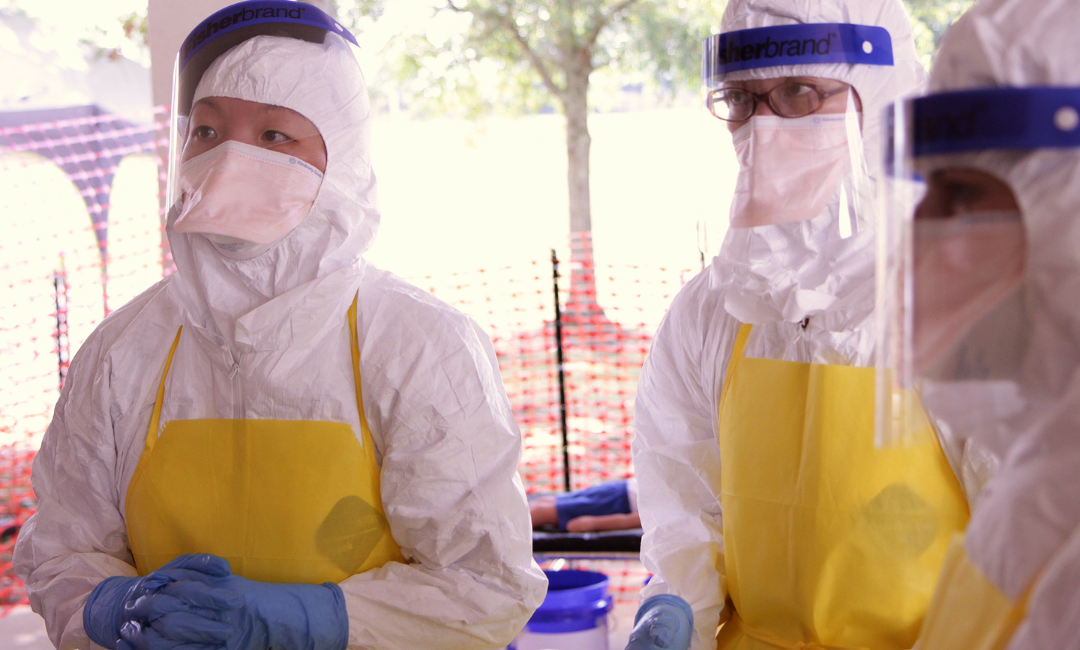Safeguards
The American Nursing Association published a handout on workplace violence, stating that general OSHA guidelines are insufficient at protecting healthcare employees as they are not enforceable. This leaves healthcare employees and employers without necessary clarity on the expectations for reducing workplace violence.
In April of this year, the Safety from Violence for Healthcare Employees or the SAVE Act was reintroduced. SAVE was originally proposed in June 2022 as a bipartisan bill that aims to grant hospital employees the same federal protections as aircraft and airport workers.
SAVE will attempt to deter hospital violence with severe penalties such as fines and up to 10 years of imprisonment for general assault or up to 20 years for assault with a dangerous weapon. It also proposes new grant programs that hospitals can spend on programs that reduce violence and intimidation.
This bill has been supported by the president/CEO of the American Hospital Association (AHA) and the CEO of the American Organization for Nursing Leadership (AONL). AONL’s letter states that nurses are leaving direct patient care due to workplace violence and intimidation.
There are other similar bills like the Workplace Violence Prevention for Health Care and Social Service Workers Act that would mandate health care and social service employers implement a comprehensive workplace violence prevention plan.
Awareness is another method that could aid in reducing workplace violence. Healthcare professionals may be in denial about the risk of workplace violence, leading to 72% of victims not being able to foresee the violent incident before it occurred. Preparing healthcare professionals for their increased risk of violence could help them safely prepare for or manage potentially violent situations.
De-escalation is a common technique nurses are encouraged to use when dealing with frustrated, potentially violent patients. Terry Foster stresses the importance of de-escalation, asking “do you want to be right? Or do you want to be at peace?”
However, de-escalation training itself may present a problem, as one nurse states that nurses may not report an assault due to fear of retaliation when employers overly focus on whether proper de-escalation training protocols were followed.









